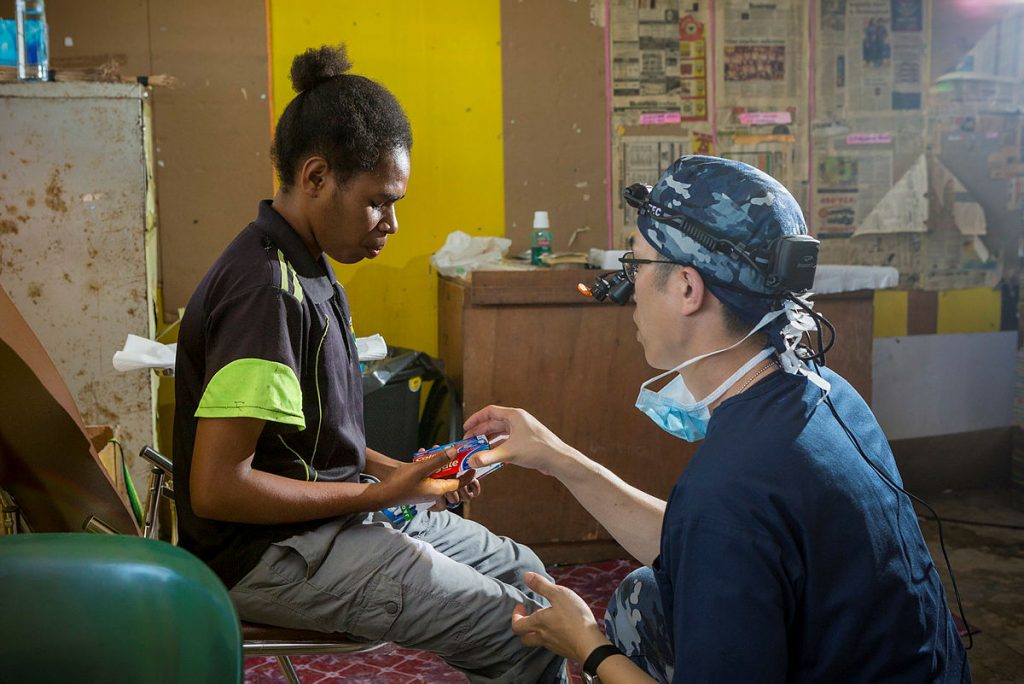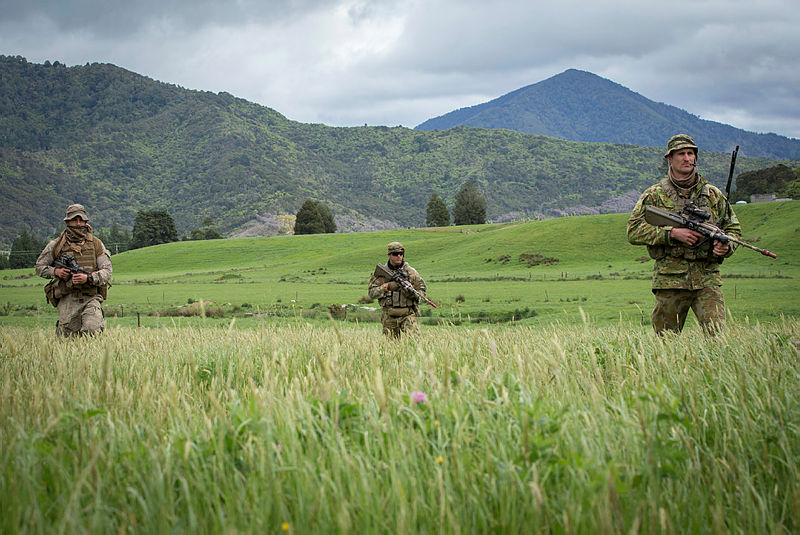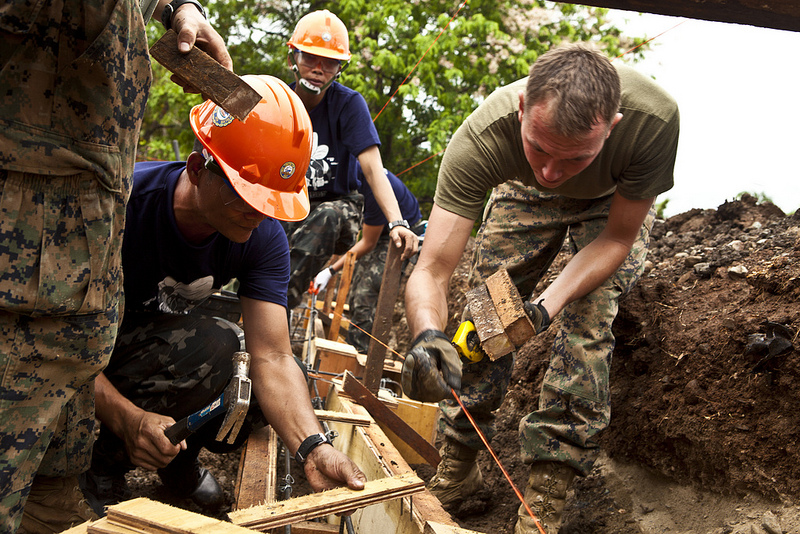The Pacific Response Group is making pleasing progress but needs more buy-in

The Pacific Response Group (PRG), a new disaster coordination organisation, has operated through its first high-risk weather season. But as representatives from each Pacific military leave Brisbane to return to their home countries for the winter, there is still plenty of work to do.
The PRG should focus on two key priorities. Firstly, it should engage all members of the Pacific Islands Forum to highlight how the PRG can benefit them as it grows and expands. Secondly, it should consult with regional partners and organisations on the development of operating frameworks to facilitate the group’s deployment.
In October, members of the South Pacific Defence Ministers’ Meeting endorsed the establishment of the PRG. The novel multinational military initiative aims to deepen cooperation to improve Pacific military support for humanitarian assistance and disaster relief (HADR). Aiming to be of immediate use to the region, the first step in establishing the PRG was to co-locate an advisory capability in Brisbane available for rapid deployment (originally referred to as the Pacific Special Advisory Team in official announcements).
The PRG is composed of 19 people from across its six member countries—Australia, Fiji, France, New Zealand, Papua New Guinea and Tonga. It deployed to its first disaster just before Christmas, when a planning team of six arrived in Vanuatu to offer advice and support after the devastating earthquake in Port Vila. Since Port Vila’s recovery could be handled by civilian heavy machinery and by urban search and rescue, the PRG planning team quickly determined that a greater military response was not required.
It probably wasn’t what the PRG was expecting for its first call-out: to deploy to a country that lacked a military and deal with a disaster that didn’t require military support. But it was an important and successful exercise in responding fast and exiting in a timely and appropriate manner. There is valuable experience to be gained in practising deployment and communication in the early days of a disaster response.
As we exit the high-risk weather season, October to March, PRG members will return to their home countries, and their deployment response time will rise from 48 to 72 hours. While cyclones are far less likely, the low-risk weather season does not actually bring a much lower disaster risk for most countries. The PRG will stay active and seek to get involved where possible in Pacific national disaster planning exercises, including regional exercises such as Longreach and the French-led Croix du Sud.
But the PRG is still trying to develop its image and brand. Not all national disaster management offices are fully aware of the group, its mission, its capabilities and its plans. Greater engagement is needed across the region, not only from PRG personnel but from officials in-country who regularly engage with government and non-government disaster management organisations.
As the current host of the PRG and the country with the largest regional footprint, Australia should take the lead in promoting the group through diplomatic channels and encourage other partners to do so where possible. The PRG should also develop its online presence to provide the public with more information about the group and its aims and activities.
The PRG should also prioritise establishing appropriate legal mechanisms for the group to enter Pacific countries when requested. Because of the multinational nature of the PRG, it does not neatly fall under any bilateral agreements, such as status of force agreements, that Australia and other military countries may have in the region that enable their forces to enter efficiently upon request.
In March, Pacific security leaders convened at the annual Joint Heads of Pacific Security meeting in Port Moresby, where PRG operations were discussed as part of a regional operations deployment framework. The framework would ‘close a gap in existing regional security architecture by providing a common mechanism to support Pacific-led responses to Pacific security challenges’, according to the meeting’s joint communique.
This would be an efficient way to support PRG operations in the region, in addition to other initiatives such as the Pacific Police Support Group (a multinational deployable police capability). But a complicated regional framework would require endorsement by Pacific leaders and could take years to negotiate and finalise.
In the meantime, the PRG should still consider how it will grow to better meet the needs of the region in coming years. Our October report, Stepping up military support to humanitarian assistance in the Pacific, provides further targeted recommendations for Australia and other PRG members to consider as the group continues to take shape.









